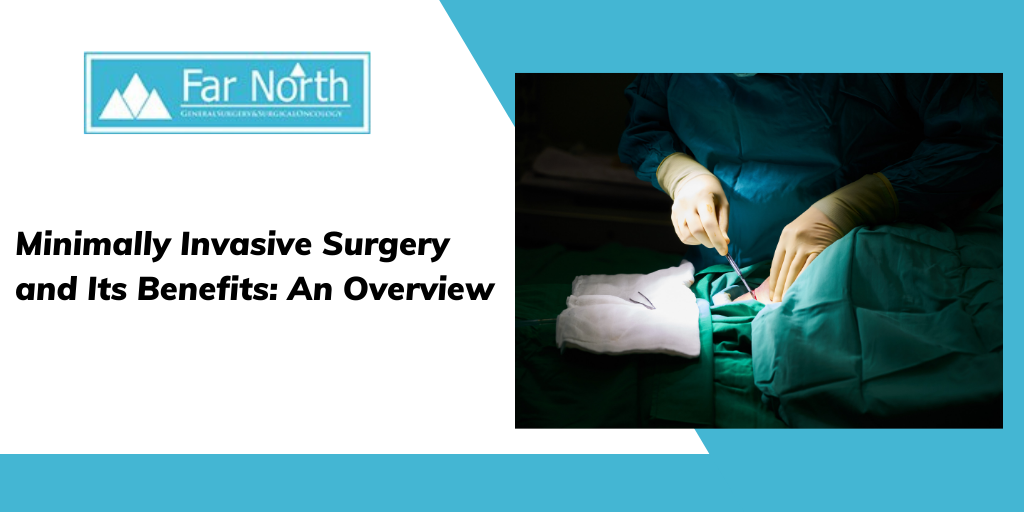


Surgical advancements have excelled over the last few decades. As a result, minimally invasive surgery has become the preferred alternative to many traditional procedures. It is considered safer and more effective than traditional open surgery, as it uses state-of-the-art equipment and techniques that require small incisions and ensure a faster recovery. Minimally invasive procedures include endoscopic surgery, laparoscopic surgery, and robotic surgery.
Once you’re put under general anesthesia, your surgeon will make 3-4 small incisions in the surgical site. They will insert an endoscope (a flexible tube with a light and camera) through one of the incisions and surgical instruments through another. They may use carbon-dioxide gas to inflate the surgical site, creating a space between the skin and organ.
The camera enlarges and displays the organ and structures inside the body on a high-definition video monitor. This allows the surgeon to have a magnified and better view, which helps them guide the surgical instruments during the procedure. Once the procedure is completed, your surgeon will remove all tools from the incisions and close them with stitches.
Minimally invasive surgery does not require large incisions to access the surgical site. For example, a traditional open hysterectomy requires a 6 to 12-inch-long incision. However, laparoscopic and robotic hysterectomy procedures require 3-4 small incisions that are less than an inch long, reducing the risk of heavy bleeding.
As minimally invasive procedures require smaller incisions, fewer stitches are required to close them. Even if incisions leave scars, their small size will make them less noticeable than a long incision from open surgery. Over time, the surgical scars will fade and become nearly invisible.
Minimally invasive procedures do not cause significant injury (trauma) to the body, thus healing faster while causing less pain. As surgical wounds heal faster, post-surgery pain and discomfort will also be minimal, decreasing the need for pain medications.
During the minimally invasive procedure, the surgeon uses a camera, small tools, and a light to perform the procedure with precision, control, and flexibility. Due to smaller incisions, the risk of complications, such as blood loss, swelling, and infection, is also minimized.
Depending on your condition and the type of surgery performed, you can go home the same day or the day after your surgery.
Incisions and trauma from minimally invasive procedures heal faster, so you can resume your routine activities within 3-4 weeks.
Contact us today at Far North Surgery if you are looking for the best surgeon in Anchorage for minimally invasive procedures. Our surgeon, Dr. Madhu Prasad, has years of experience and expertise in providing state-of-the-art surgical services to all our clients.